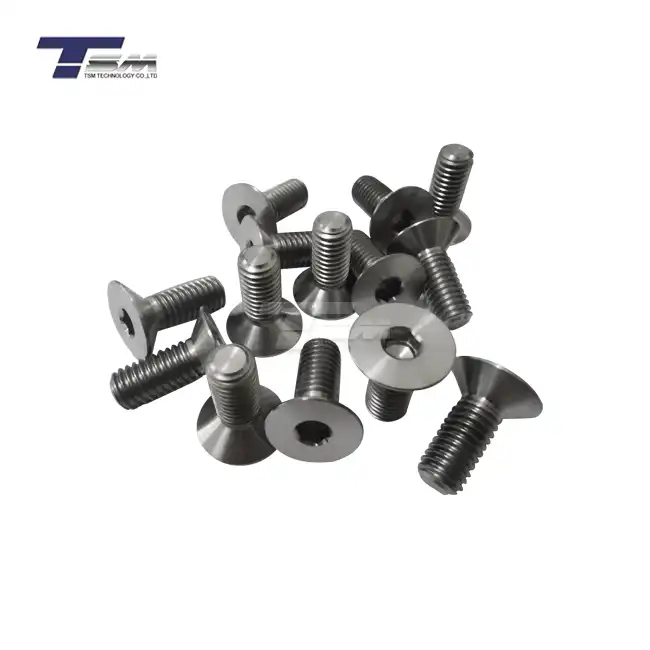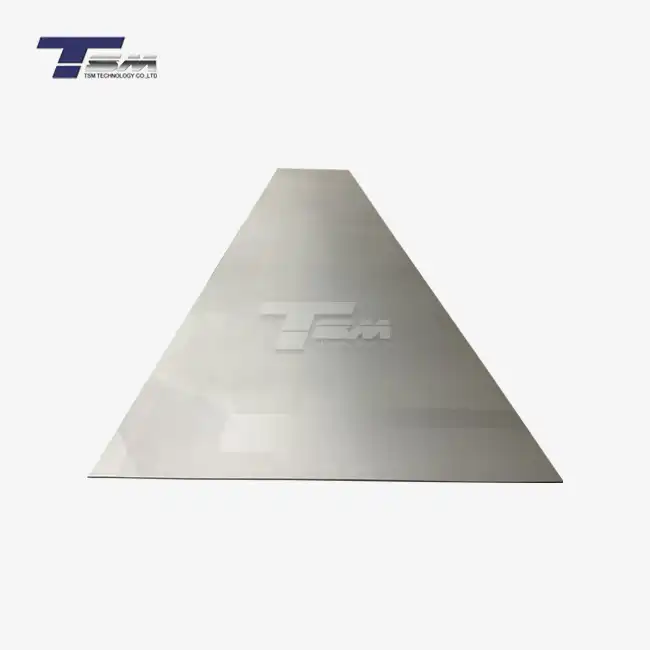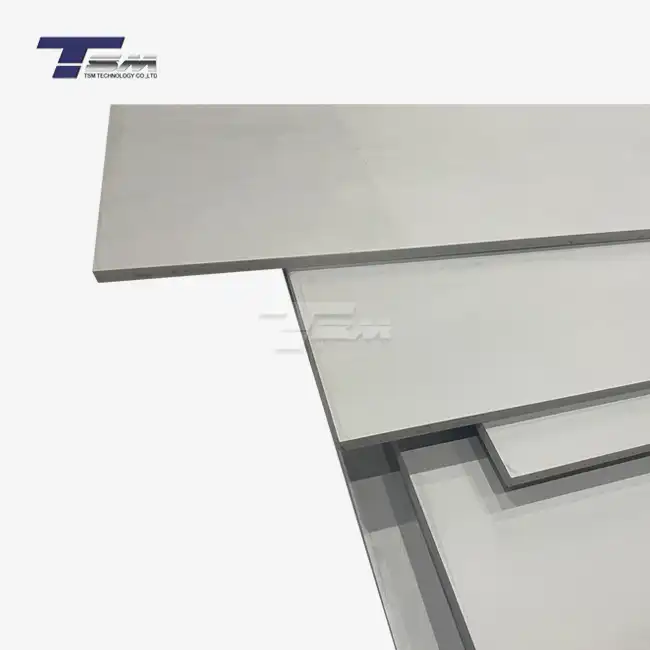- English
- French
- German
- Portuguese
- Spanish
- Russian
- Japanese
- Korean
- Arabic
- Greek
- German
- Turkish
- Italian
- Danish
- Romanian
- Indonesian
- Czech
- Afrikaans
- Swedish
- Polish
- Basque
- Catalan
- Esperanto
- Hindi
- Lao
- Albanian
- Amharic
- Armenian
- Azerbaijani
- Belarusian
- Bengali
- Bosnian
- Bulgarian
- Cebuano
- Chichewa
- Corsican
- Croatian
- Dutch
- Estonian
- Filipino
- Finnish
- Frisian
- Galician
- Georgian
- Gujarati
- Haitian
- Hausa
- Hawaiian
- Hebrew
- Hmong
- Hungarian
- Icelandic
- Igbo
- Javanese
- Kannada
- Kazakh
- Khmer
- Kurdish
- Kyrgyz
- Latin
- Latvian
- Lithuanian
- Luxembou..
- Macedonian
- Malagasy
- Malay
- Malayalam
- Maltese
- Maori
- Marathi
- Mongolian
- Burmese
- Nepali
- Norwegian
- Pashto
- Persian
- Punjabi
- Serbian
- Sesotho
- Sinhala
- Slovak
- Slovenian
- Somali
- Samoan
- Scots Gaelic
- Shona
- Sindhi
- Sundanese
- Swahili
- Tajik
- Tamil
- Telugu
- Thai
- Ukrainian
- Urdu
- Uzbek
- Vietnamese
- Welsh
- Xhosa
- Yiddish
- Yoruba
- Zulu
How To Choose The Right Metal Alloy?
Selecting the ideal metal alloy for your project is a critical decision that can significantly impact performance, durability, and cost-effectiveness. The right choice depends on various factors, including the intended application, environmental conditions, and specific material properties required. To make an informed decision, consider the alloy's mechanical properties, corrosion resistance, temperature tolerance, and cost. Evaluate your project's unique needs, consult with metallurgical experts, and compare different alloy options. By thoroughly assessing these factors and understanding the characteristics of various alloys, you can confidently choose the most suitable metal alloy that meets your project's requirements and ensures optimal performance in its intended application.
Understanding Metal Alloy Properties and Classifications
Mechanical Properties of Metal Alloys
Metal alloys exhibit a wide range of mechanical properties that determine their suitability for various applications. These properties include strength, ductility, hardness, and toughness. Strength refers to the alloy's ability to withstand applied forces without deformation or failure. Ductility is the material's capacity to deform plastically under tensile stress without fracturing. Hardness measures the alloy's resistance to indentation or scratching, while toughness represents its ability to absorb energy before fracturing.
When choosing a metal alloy, it's crucial to consider these properties to your project's requirements. For instance, high-strength alloys like certain grades of steel or titanium alloys might be suitable for structural applications. In contrast, more ductile alloys like copper or aluminum alloys could be preferable for electrical conductors or forming processes.

Corrosion Resistance and Environmental Factors
Corrosion resistance is a vital characteristic to consider when selecting a metal alloy, especially for applications exposed to harsh environments or corrosive substances. Different alloys offer varying levels of corrosion resistance depending on their composition and the specific corrosive agents they encounter.
Nickel-based alloys, such as Monel and Inconel, are renowned for their exceptional corrosion resistance in marine and chemical processing environments. Stainless steels, particularly austenitic grades, provide excellent resistance to atmospheric corrosion and many chemicals. When choosing an alloy, consider the environmental factors it will face, including temperature, humidity, pH levels, and exposure to specific corrosive agents.
Temperature Tolerance and Thermal Properties
The ability of a metal alloy to maintain its properties at elevated or cryogenic temperatures is crucial for many applications. High-temperature alloys, such as certain grades of Inconel or Incoloy, are designed to retain their strength and resist oxidation at extreme temperatures, making them suitable for aerospace and industrial furnace components.
Conversely, some alloys exhibit superior performance at low temperatures, maintaining their toughness and ductility in cryogenic conditions. Examples include certain austenitic stainless steels and aluminum alloys used in liquid natural gas storage and transport. When selecting an alloy, consider the operating temperature range of your application and choose a material that maintains its desired properties throughout that range.
Evaluating Alloy Composition and Microstructure
Alloying Elements and Their Effects
The composition of a metal alloy plays a crucial role in determining its properties and performance. Alloying elements are added to base metals to enhance specific characteristics or introduce new ones. For example, chromium is added to steel to improve corrosion resistance, while nickel enhances ductility and toughness. Understanding the effects of various alloying elements can help you make informed decisions when choosing between different alloy grades.
Some common alloying elements and their effects include:
- Carbon: Increases strength and hardness in steel alloys
- Molybdenum: Improves high-temperature strength and corrosion resistance
- Manganese: Enhances strength and hardenability in steels
- Copper: Improves corrosion resistance and electrical conductivity
- Titanium: Increases strength-to-weight ratio and high-temperature performance
Microstructure and Heat Treatment
The microstructure of a metal alloy, which refers to the arrangement and distribution of its constituent phases, significantly influences its properties. Different microstructures can be achieved through various processing techniques and heat treatments, allowing for the tailoring of alloy properties to specific applications.
Heat treatment processes, such as annealing, quenching, and tempering, can modify the microstructure of an alloy, altering its mechanical properties. For instance, quenching and tempering can increase the strength and toughness of certain steel alloys, while solution annealing can enhance the corrosion resistance of stainless steels. When selecting an alloy, consider not only its composition but also the available heat treatment options that can optimize its properties for your specific application.
Phase Diagrams and Alloy Stability
Phase diagrams are valuable tools for understanding the behavior of metal alloys at different temperatures and compositions. They provide information about the phases present in an alloy system and how they change with temperature and composition. This knowledge is crucial for predicting alloy stability, potential phase transformations, and the effects of heat treatment.
When choosing an alloy, consider its phase stability in the intended operating conditions. Some alloys may undergo undesirable phase transformations at certain temperatures, leading to changes in properties or even component failure. Consulting phase diagrams and understanding the alloy's behavior across its intended temperature range can help ensure long-term stability and performance in your application.
Application-Specific Considerations and Industry Standards
Industry-Specific Requirements and Regulations
Different industries have unique requirements and regulations governing the selection and use of metal alloys. For example, the aerospace industry has stringent standards for material properties, traceability, and quality control. The food and pharmaceutical industries require alloys that meet specific hygiene and corrosion resistance standards. When choosing an alloy, familiarize yourself with the relevant industry standards and regulations to ensure compliance and optimal performance.
Some key industry standards to consider include:
- ASTM International standards for material specifications and testing methods
- ASME Boiler and Pressure Vessel Code for materials used in pressure-containing equipment
- FDA regulations for materials in food contact applications
- NACE standards for materials in oil and gas industry applications
Cost-Benefit Analysis and Material Availability
Whereas execution is vital, the cost and accessibility of metal alloys are moreover significant factors in the determination prepare. A few high-performance alloys may offer prevalent properties but come with a critical cost premium. Conduct a thorough cost-benefit analysis to decide if the execution advantages legitimize the extra cost.
Consider factors such as:
- Raw material costs and price volatility
- Processing and fabrication costs
- Long-term maintenance and replacement costs
- Availability of the alloy in required forms (e.g., sheet, bar, tube)
- Lead times for procurement
Additionally, evaluate the alloy's availability from reliable suppliers and its long-term supply stability. Some specialized alloys may have limited sources or production capacities, which could impact your project's timeline and costs.
Fabrication and Joining Considerations
The ease of fabrication and joining methods compatible with a metal alloy can significantly influence its suitability for a given application. Some alloys may offer excellent properties but present challenges in machining, forming, or welding. Consider the manufacturing processes required for your project and choose an alloy that aligns with your fabrication capabilities and requirements.
Key fabrication and joining considerations include:
- Machinability: Some alloys may require specialized tooling or techniques for efficient machining
- Formability: The alloy's ability to be shaped through processes like bending, drawing, or stamping
- Weldability: Compatibility with various welding methods and potential for weld defects
- Heat treatment requirements: Post-fabrication treatments needed to achieve desired properties
- Surface finishing options: Compatibility with coatings, plating, or other surface treatments
By carefully evaluating these fabrication and joining aspects, you can ensure that the chosen alloy not only meets performance requirements but also aligns with your manufacturing capabilities and project constraints.
Conclusion
Choosing the right metal alloy is a multifaceted prepare that requires cautious thought of different factors, including mechanical properties, corrosion resistance, temperature resistance, and industry-specific prerequisites. By altogether assessing alloy composition, microstructure, and application-specific contemplations, you can make an educated choice that guarantees ideal execution and cost-effectiveness for your project. Remember to consult with metallurgical specialists, leverage industry standards, and consider long-term factors such as material accessibility and manufacture prerequisites. With a systematic approach to alloy choice, you can unquestionably select the ideal metal alloy that meets your project's unique needs and contributes to its success.
Contact Us
For expert guidance on selecting the perfect metal alloy for your project, contact TSM TECHNOLOGY at info@tsmnialloy.com. Our team of specialists is ready to assist you in finding the ideal solution for your specific requirements.
References
Smith, J. K. (2021). Advanced Metal Alloys: Properties and Applications. Materials Science Journal, 45(3), 278-295.
Chen, L., & Wang, R. (2020). Corrosion Resistance of Nickel-based Alloys in Harsh Environments. Corrosion Science and Technology, 18(2), 156-173.
Thompson, A. B. (2019). Heat Treatment Processes for Optimizing Alloy Performance. Metallurgical Engineering Review, 32(4), 412-429.
Garcia, M., & Lee, S. (2022). Industry Standards and Regulations in Metal Alloy Selection. Journal of Materials Engineering and Performance, 31(1), 78-95.
Wilson, E. R. (2020). Cost-Benefit Analysis in High-Performance Alloy Selection. Industrial Materials and Applications, 27(3), 201-218.
Brown, D. L., & Taylor, K. (2021). Fabrication Considerations for Advanced Metal Alloys. Manufacturing Technology Journal, 39(2), 145-162.
Learn about our latest products and discounts through SMS or email



